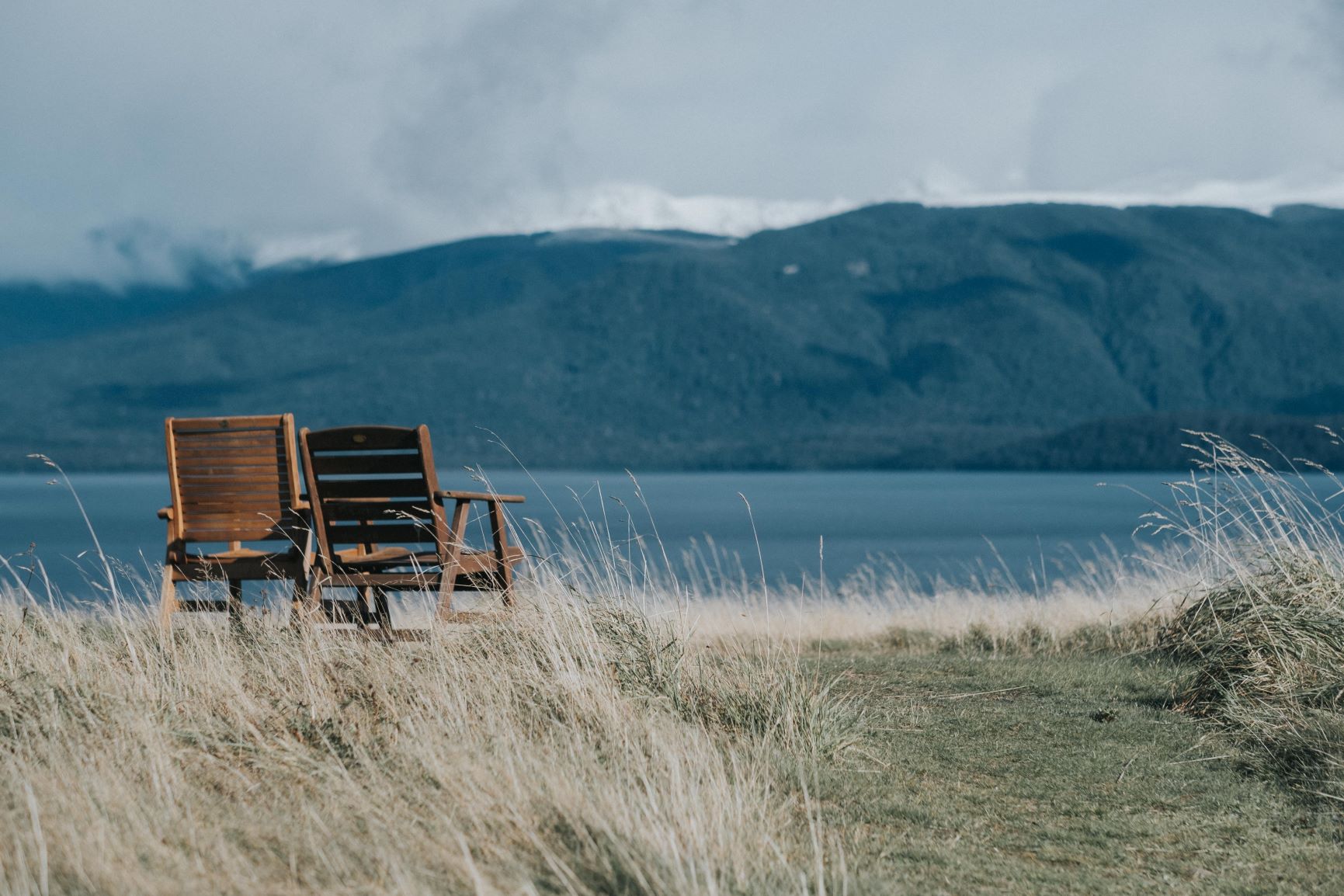Cases of COVID-19 are being recorded in rural areas. Will the thinly-stretched health services be able to cope?
Today’s Ministry of Health update sees new confirmed cases of COVID-19 infection in small towns like Te Anau, as well as Roxburgh, Cromwell, and Alexandra this week. Some farmers say they believe the inherent isolation of rural life provides an extra sense of security during the pandemic, compared to people living in dense urban areas.
The SMC asked experts what threat the virus poses to those in rural communities.
Associate Professor Garry Nixon, Department of General Practice and Rural Health, University of Otago, comments:
“Rural communities will be more vulnerable to the impact of Covid-19. This is because the residents of rural towns are on average older, have a lower socioeconomic status, are more likely to be Māori, have poorer health status, and less access to health services, than urban dwellers.
“Rural indigenous communities may be particularly at risk around the world. We know for example the swine flu epidemic hit rural aboriginal communities very hard, and rural Māori communities suffered considerably in the 1918 ‘Spanish flu’ pandemic.
“Only a handful of patients have so far needed hospital admission in New Zealand but at least two of these have been admitted to small rural hospitals. This is potentially a significant problem for three reasons:
- Rural hospitals lack ‘surge capacity’. They are largely driven by acute need and are often at capacity in the winter months and they do not have outpatient clinics or elective surgery that can be cancelled in order to create urgent additional capacity.
- The majority of rural health services are chronically understaffed and are often heavily reliant on locums.
- Because of the infection risk, very unwell Covid-19 patients are difficult to safely transfer from a rural to a base hospital.
No conflict of interest.
Professor Nigel French, Research Director for the School of Veterinary Science, Massey University, comments:
“At this stage we don’t know exactly how Covid-19 will spread within and between urban and rural communities, but we can learn lessons from other human-human spread infectious diseases, such as influenza (including the 1918 ‘Spanish flu’). Evidence suggests that these infections can take longer to reach rural communities than urban communities, and may spread more slowly.
“This is due to the relative isolation and low density of people in these areas; meaning infection from outside the community may take longer to arrive, and community spread may be slower due to fewer contacts between people in these more sparsely distributed populations.
“However, given the serious consequences of community transmission in vulnerable rural areas with limited access to health services, particular care needs to be taken to avoid infection entering rural communities and preventing subsequent community spread. This can be done by preventing unnecessary movements from outside the community, obeying strict isolation of returning travellers and overseas tourists, and practicing careful distancing, handwashing and other protective measures when engaging with anyone outside the household.
Conflict of interest statement: I’m the Chief Scientist for the NZ Food Safety Science and Research Centre and co-Director of One Health Aotearoa. I receive research funding from the food industry, MBIE and MPI.
